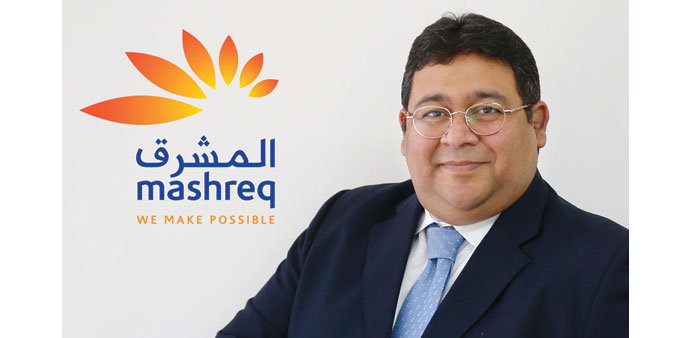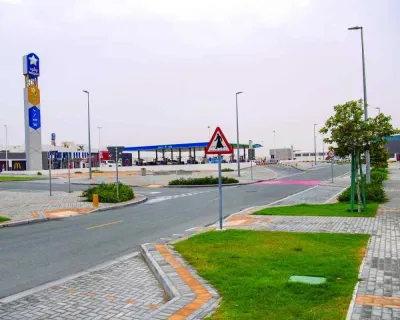By Salman Gulzar
A year ago when the Organisation of Petroleum Exporting Countries (Opec) decided to continue pumping oil at its current levels, as a stimulus to falling oil prices and market glut, it was with a firm intent to retain its market share with current producers and with confidence that while Opec will sustain low oil prices, the shale industry in the US would buckle under pressure.
The world over the last 12 months has been witness to an Opec stance that needs revision and a classic standoff in the hydrocarbon industry. Crude oil, a very mature industry, is trying to assert its supremacy over shale gas, a budding industry that has to prove its viability and demonstrate that it has evolved enough technology to ensure competitive production and limited environmental impact.
Today, Opec in general and the GCC in particular, have to chart the way forward in view of sagging commodity prices, including oil. The global economy is not facilitating matters either as they underperform. In both these instances, stimulus employed to revive the economy or bring back oil prices are proving to be ineffective.
Opec — unified in all directions
Opec has been successful in bringing the oil prices down, however, the way out of this price chokehold on themselves and the shale gas producers is getting challenging to time and to execute. The longer oil stays below $60 a barrel, the greater the threat of one of the Opec members cracking under the strain of economic tightening.
Opec, managing the 40% of global oil, has limited options to its disposal. A unilateral move to lower oil production by Opec or an Opec member within the committee is academic at best. Prior to their meeting last week their collective output was running above their agreed 30mn barrels per day quota. No agreement to address lower oil could be reached as all members remain keen to continue pumping to counter lower oil prices; a counter-intuitive measure for an organisation that knows this commodity so well. Russia, a non-Opec country, is also pumping oil at post-Soviet era highs as it exercises the same strategy with its neighbours that Saudi is following for the world. So what has gone wrong with oil?
Changing market dynamics
The US produces approximately 9.5mn barrels a day of oil including 4.5mn barrels a day of shale gas output. While there have been innovations in the oil field to enhance this production, the key support for this ramp up has been availability of capital market liquidity to energy companies in the US. Given this liquidity has come from hedge funds and private equity houses; they are not as stringent as liquidity that was deployed at the same time elsewhere in the country.
Shale has been at the heart of the oil price fall as it grew by 30% year-on-year over seven years, starting from the year of the first financial crisis till 2014, thereby stimulating doubling of US oil output.
While this growth in oil has made US self-sufficient, the shale industry has completely changed the elasticity of supply of this commodity. While shale is still reliant on external funding, it has a high degree of variable cost and a much more agile investment to return cycle, supply has become more responsive to price as opposed to conventional oil that still relies on long incubation periods and high fixed costs.
With net US demand reducing, Opec and the rest of the oil producers will need to wait till the demand from the developing world in the eastern hemisphere starts to rise. It is increasingly becoming evident that demand, and not supply, will bring oil back to the desired price levels.
Fiscal deficit and tightening domestic liquidity — key challenges for GCC
One of the key variables of low oil prices today as compared to the past is the lower revenue generation, high spend forecast for the region and the lack of liquidity to fund it. It is this combination that has been responsible for downgrading Saudi Arabia and recently Oman.
There will continue to be a rating pressure on the entire region till one of the three aspects is not addressed to weather the low oil price tenor. In addition, the region will also need to be wary of defending their US dollar pegs as they will need constant support by the central banks in view of large project execution based on heavy imports.
It is a time for the region to demonstrate fiscal prudence, re-evaluate their spend priorities while ensuring that the domestic market remains liquid for onshore economic activity.
It is abundantly clear that the shale industry is here to stay and in time will become fully integrated in the larger hydrocarbon market place. As the most significant member of Opec, Saudi will, in time, need to make efforts internally to curb the supply side; the only measure at their disposal; to bring rationale to the market. Opec will need to blink; the question is, who in Opec blinks first?

♦ Salman Gulzar is head of corporate banking at Mashreq Qatar and an expert in financial markets.


